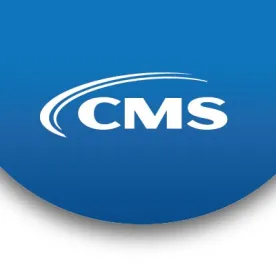On Wednesday, August 26th, the Centers for Medicare & Medicaid Services (CMS) issued a notice extending the deadline to finalize significant proposed changes to the Physician Self-Referral Law (commonly known as the Stark Law) that were announced last year. CMS published the proposed rule on October 17, 2019, in tandem with a companion proposed rule issued by Department of Health and Human Services (HHS) Office of Inspector General (OIG) with equally sweeping changes to the Anti-Kickback Statute (AKS). Both rules were issued as part of CMS’s Regulatory Sprint to Coordinated Care and offer a number of industry-friendly changes designed to reduce regulatory burden associated with the Stark Law and the AKS and allow for increased adoption of value-based arrangements.
Industry stakeholders have been pressing HHS to issue both long-awaited final rules. Although CMS announced on June 30, 2020, that it would issue the final rule in August 2020, CMS is pushing the timeframe for finalizing the CMS rule until August 2021. The OIG has not announced a similar extension for its proposed rule on the AKS. It is unclear whether the OIG must issue a similar extension notice, but there is speculation that OIG may also be delaying finalizing changes to the AKS.
Overview of CMS’s Proposed Changes to the Stark Law
CMS’s proposed rule includes sweeping changes and clarifications to the Stark Law welcomed by health care providers. CMS proposed new value-based enterprise Stark Law exceptions, as well as a number of modifications to existing exceptions frequently relied upon by health care providers, including the rental of office space and rental equipment exception and the fair market value exception. Additionally, the proposed rule includes a number of proposed changes to several key requirements that appear in numerous Stark Law exceptions, including the volume or value standard, the referral requirement, the AKS compliance requirement, and the writing and signature requirements. Please see our prior blog post for an overview of CMS’s proposed changes to the Stark Law.





 />i
/>i

